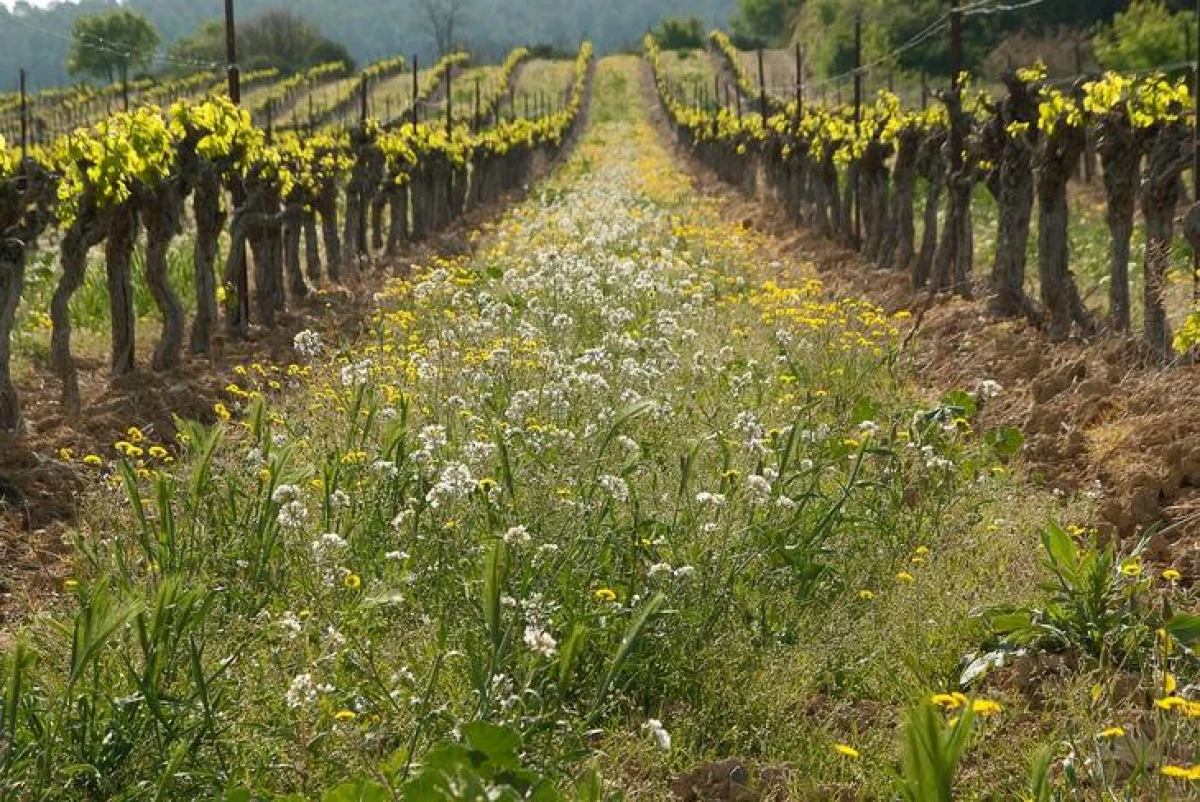
A group of Spanish scientists from several universities and scientific organizations of the country (Maria Teresa Mas, Gabriel Pardo, Jorge Power, Anthony MC Verda and Alicia Zhirought) were published on the MDPI portal an article about the possible application of hydroneal technology in the APC. So, researchers write: "Weeds are a well-known problem in agriculture, causing 34% of potential crop losses around the world.
In vegetable crops, the reducing yield can be from 45 to 95% due to competition with weeds.
In Spain in 2019, more than 370 million euros were spent on herbicides, and this is evidence that the struggle with weeds is an expensive question.
Hydromulicization is a method that was used for several decades in some countries, such as the United States or Canada, mainly to combat erosion on the slopes near motorways or similar objects. It is based on spraying with a liquid mixture, which solidifies on Earth and usually contains stabilized organic residues mixed with binding substances and water. However, due to the ability to reduce the evaporation and the germination of weeds, this method was distributed to greenhouses, nurseries, parks with the development of several different compositions.
Hydromulic is particularly suitable where there are few available active ingredients to control weeds. Other target situations are the first phases of the development of vegetable crops and garden seedlings of the first year.
In addition, on perennial cultures, mulching materials should provide some self-stroke, which is difficult to achieve, for example, when mulching with leaves, as they are easily spread by the wind.
Under current conditions of reduction of negative impact on the environment, the fight against weeds by hydromery can be useful and innovative technology. These mulch are designed for mechanical application to the surface of the soil next to the stems or trunks of the plants. Preliminary field tests showed: a layer of mulch thick about 2 cm prevents the appearance of annual weeds.
However, very little is known about the impact of hydromery on perennial weeds. In this study, greenhouse experiments were conducted in two years in two years in two places to test three years in two years in two places.
The preliminary characteristic of hydromulic acids consisting of recycled paper mass, lignocellulose residues of crops and gypsum as a binder, showed a promising impact on the annual reduction in weeds in two ways: first, the germination of weed seeds decreased, because they died or entered into secondary peace; Secondly, most of the seedlings could not go through a layer of mulch and died.
These formulations were improved by adding kraft fibers to obtain additional strength of the mixture to hold perennial weeds.
The data obtained from the fully randomized block design was analyzed and showed the following.
All three hydrauliculchs (based on wheat straw, rice husk and used substrate for growing mushrooms) were able to reduce the germination of rhizomes of all four tested species of weeds compared to processing without mulching.
Many rhizomes sprouted, but turned out to be clamped with a layer of mulch, especially the Paspalum Dilatatum Paspalum (Paspalum Dilatatum) - 87%, Paint Pallar (Cynodon Dactylon) and Sorghum Sorghum (Sorghum Halepense) - about 50%, while Flying Round (Cyperus Rotundus) suffered from hydromulic processing - 16%.
All three mixtures showed promising results in reducing the germination of perennial weeds, but further field tests are required to verify that requires strategies to combat weed plants. "
Academic editor - Ilia Merzilos.
(Source: www.mdpi.com).
